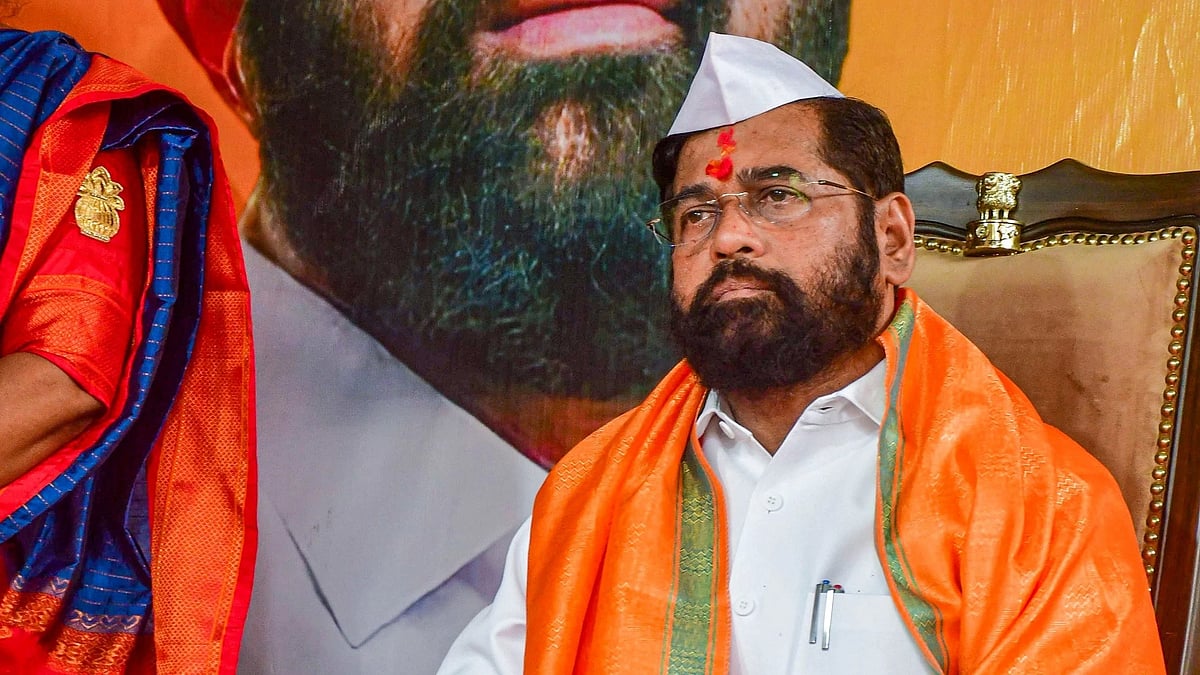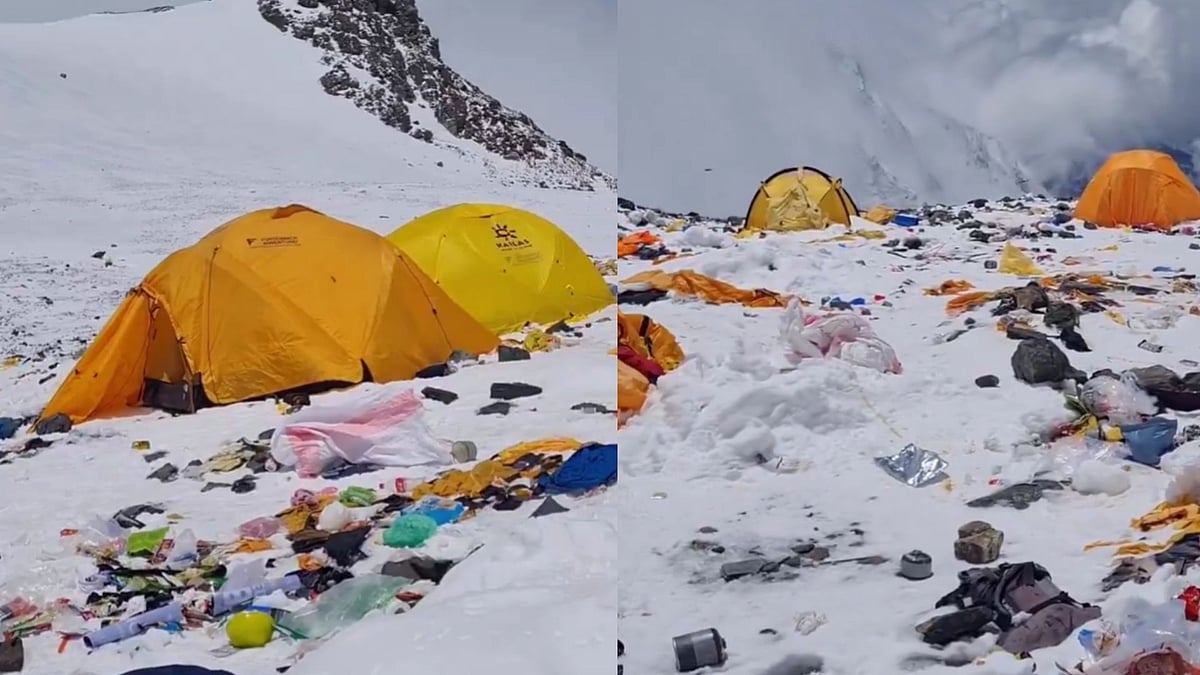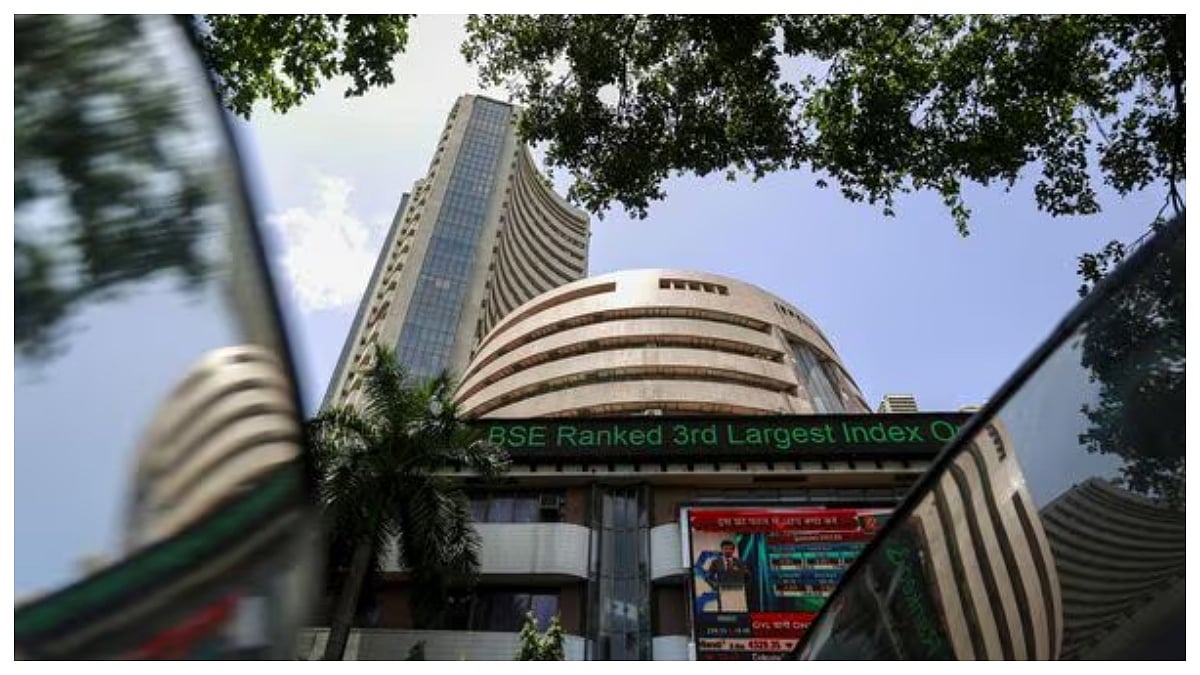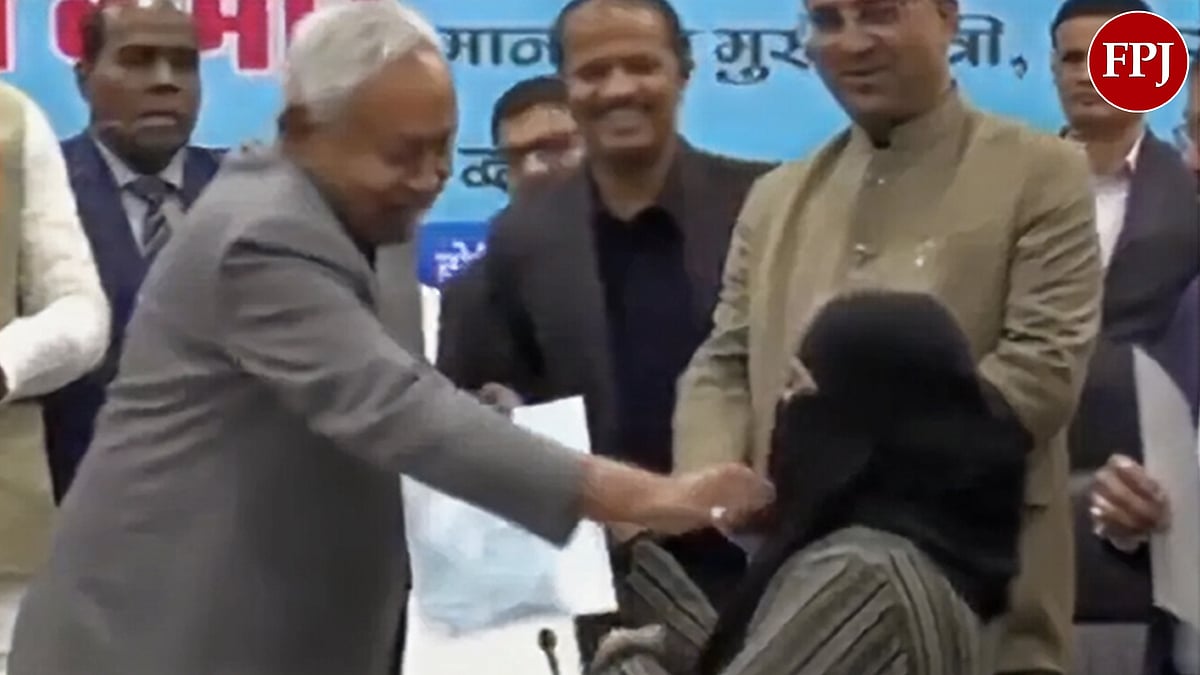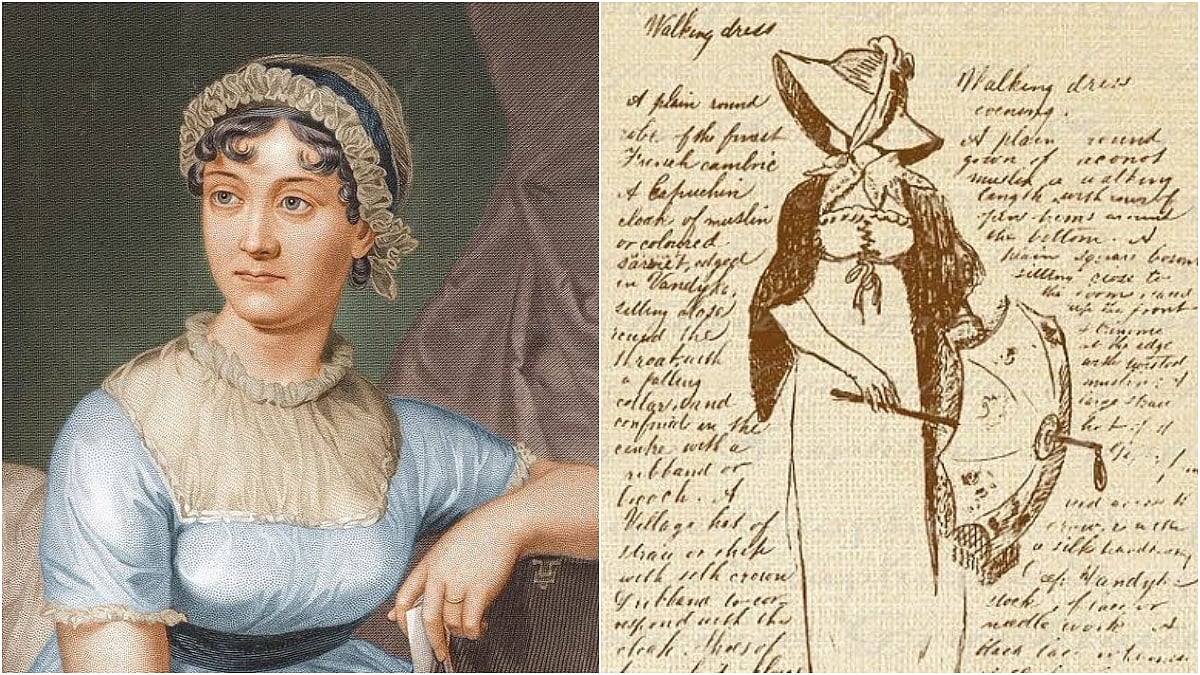With the onset of summer, there have been `dharnas’, `morchas’, `gheraos’, and PILs over water across Maharashtra. Protestors gathered at the Katraj pumping station were even caned by the Pune police. On the other hand, the Bombay High Court has ruled favourably on at least three PILs.
The state government has ruled out a water crisis this summer as its dams are more than half-full with just a month-and-a-half to go before the monsoon. If there’s a slight worry, it is about Nagpur whose water reserves stand at 44 per cent. So, the crisis is really about distribution; India’s classic last-mile connectivity problem.
Maharashtra, in fact, is the country’s top dam builder. According to the National Register of Large Dams, Maharashtra has 1,845 dams, which account for 35 per cent of India’s large dams. Madhya Pradesh comes a distant second with 906 dams.
A large dam, going by the National Register of Large Dams, is defined as one with a height of more than 15 metres or a storage capacity of more than 60 million cubic metres. Dams with heights between 10-15 metres are also included in the list.
If Maharashtra’s cities, excluding Mumbai, are clamouring for water, it is because not enough money and mind have been spent on the issue. There are just not enough pipelines from the dams to the cities and within the cities themselves. The apathy of the ruling elite, which is concerned only about irrigating its sugarcane crop, was evident in Deputy CM Ajit Pawar’s crass humour in 2013. “If there’s no water in the dam, how can we release it? Should we urinate in it?”, he had said at a rally in rural Pune, referring to the hunger strike by a Solapur farmer demanding more water. Pawar later apologised for the remark.
He fancies himself as the strong man of Pune but is mum on its water woes. Punekars complain that several areas have to depend on expensive tanker water despite paying water taxes while all the five lakes around the city have sufficient water.
Virtually every housing society in Baner, Pashan, Balewadi is dependent on water tankers, some throughout the year. Housing societies in the affected areas spend 90 per cent of their maintenance charges on buying tanker water.
Pune residents have questioned the mandate of `water affidavits’ sought from builders by the Pune Municipal Corporation (PMC).
Such is the situation that the PMC is planning to challenge the Bombay HC order telling them to supply tanker water to the residents in the 23 merged villages. PMC says that providing water to the eight lakh residents will need 4,500 tankers and incur a cost of Rs. 200 cr per annum.
Meanwhile, the state irrigation department has warned the PMC that it is overdrawing water to the detriment of agriculture. By the way, despite the dams, only 18 per cent of the land that is tilled in Maharashtra is irrigated. The national average is 45 per cent.
Nagpur residents have been complaining that only 20 per cent of the city gets a satisfactory water supply despite spending Rs. 1,100 cr over the past ten years. After a public outcry, the Nagpur civic chief has ordered a third-party audit of Orange City Water, a private firm tasked with uninterrupted water supply.
In Aurangabad, a rising industrial hub, residents get water once in five days. There was a flurry of activity only after the HC, hearing a PIL, asked for a weekly update on the situation. Now, it appears that there are only three km of pipes for the proposed pipeline from the Jayakwadi dam, 40 km away. How ironic that just last fortnight, all these three cities were collecting some prize or the other at the Smart Cities award function at Surat.
There is a general disinterest in the state machinery when it comes to the water supply. Aurangabad’s otherwise dynamic civic chief Astik Kumar Pandey got going only when Industries minister Subhash Desai, the guardian minister of Aurangabad, was miffed with the slow pace of work on the Rs. 1,670 cr water pipeline project for the city.
It seems that the city’s hydraulic engineers just do not have the expertise or the experience to execute the project which involves creating an efficient network to distribute an additional 100 MLD of water from Jayakwadi dam. Now, IIT Powai has been appointed as the project management consultant. For good measure, the minister has suggested that BMC’s hydraulic engineers can provide some tips.
In civic circles, it is said that those transferred from the lucrative departments to the water department lose all interest in work. After a surprise visit to the N-5 apartments in the Cidco area, Pandey issued show-cause notices to three assistant engineers who were not taking the water crisis there seriously despite a `dharna’ by the residents.
Incidentally, water supply to the world heritage Ajanta Caves has been discontinued since 2019 for non-payment of dues.
Nowhere is the inefficiency of civic bodies so cruelly exposed as in water supply in the summer months. In Baramati, which has a problem of plenty, the civic authorities were unaware that the SCADA system – a mix of software and hardware elements that monitors, gathers, and processes real-time data -- of the water purification unit had been stolen.
Sudhir Bhongale, an expert on water resources, says that urban planners must pay urgent attention to upgrading the water network. He also wants the authorities to stop the uncontrolled sand mining which is robbing the rivers of water holding capacity and leading to the drying up of wells.
Our attitudes too are to blame. Those who get regular piped water do not value it. For instance, the residents of Navi Mumbai revolted when the civic chief suggested that the city could save water by stopping the supply for one day in the evening. Perhaps it is time to look at charging higher rates for those who can afford it and penalising its wastage, something that Bhongale also recommends.
As Union Jal Shakti minister Gajendra Shekhawat said recently, in Mumbai, there is a dire need for water literacy.
(The writer is an independent journalist based in Mumbai and writes on civil society, law-enforcement, environment and urban development. He tweets at @anilsingh703)

